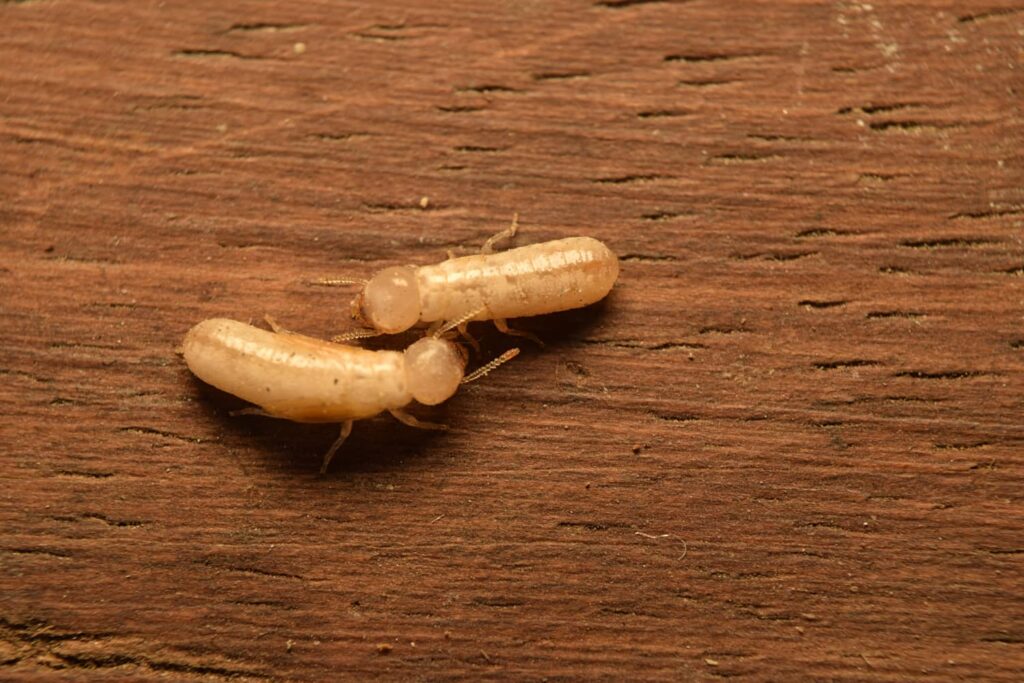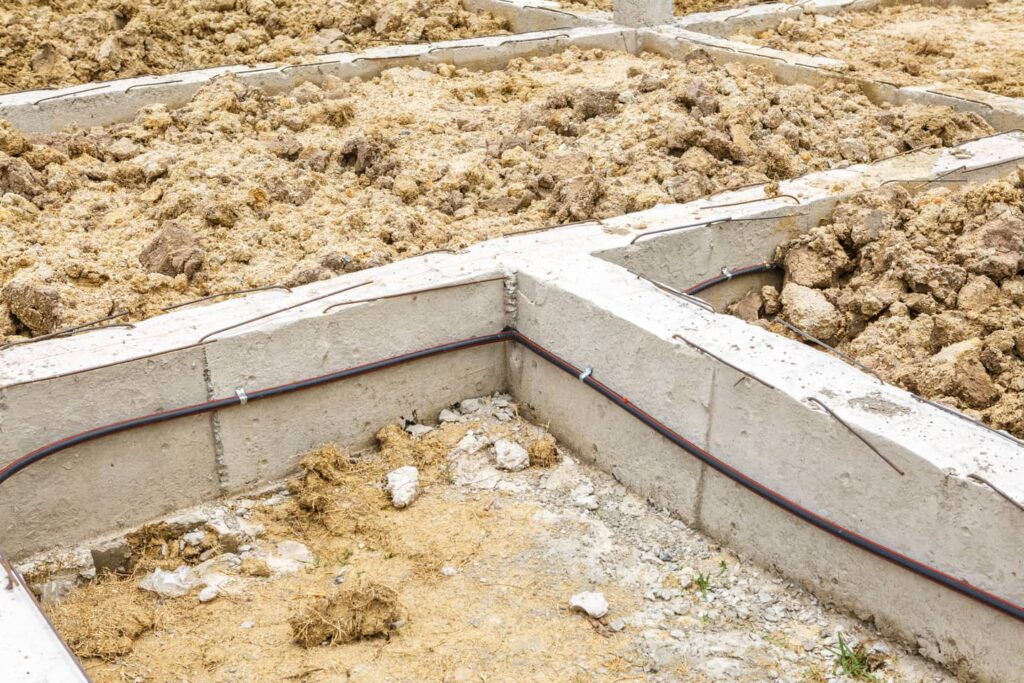Termites are often called the “silent destroyers” because they may be secretly hiding and thriving in your home or yard without any immediate signs of damage. These small, pale soft-bodied insects primarily feed on wood but can also cause considerable damage to books, insulation, and even swimming pool liners and filtration systems. Let’s learn about what termites are, the different types, and what causes them to show up in our homes as well as what attracts them.
What are Termites
Termites are eusocial insects that are classified at the taxonomic rank of infraorder Isoptera, or as epifamily Termitoidae within the cockroach order Blattodea. With a few exceptions, termites are considered pests to humans as they can cause significant structural damage to buildings, crops, or plantation forests.
Types of Termites and Descriptions
- Subterranean Termites: Living in underground colonies, these termites build the largest nests and are the most destructive. They require contact with soil to maintain moisture levels.
- Drywood Termites: These termites infest dry wood and do not require contact with soil. They are commonly found in attic wood and can cause massive damage.
- Dampwood Termites: Preferring very moist wood, these termites are larger and need high humidity and regular contact with water to survive.
- Formosan Termites: Known as super termites due to their aggressive nature, these are subterranean termites that can form huge underground colonies.
What Attracts Termites?
Three things attract termites: moisture, wood, and cracks in the foundation. Termites are attracted to moisture and are more likely to invade structures that have leaking pipes, improper drainage, or other issues that create excess moisture. Additionally, any direct wood-to-ground contact is an open invitation for termites, especially if the wood is untreated. Lastly, small cracks or gaps in the foundation can be a gateway for termites to enter a structure.

What Causes Termites?
Warmth, humidity, and the presence of wood or cellulose materials can cause termites to colonize an area. Buildings constructed primarily of wood are particularly susceptible to termite infestation.
How to Protect Your Foundation from Termites
To protect the foundation, maintain proper ventilation in crawl spaces to reduce humidity. Use physical barriers such as metal or cement foundations, treat wood with termiticide, and keep woodpiles away from the building’s perimeter.

How to Remove Termites
If you find that you have termites, they need to be removed. This is done by identifying the type of termite and the extent of the infestation. Also, there are termiticides which are chemical treatments that can be applied directly to the colony or the ground around a home’s foundation. Lastly, termites are given a bait that they carry back to the colony, which eventually kills it off. This is all done by a professional and should not be done by a homeowner.
Termite Prevention
There are several ways to prevent termites:
- Regular inspections to catch signs of termites early.
- Ensuring the property is well-drained and there are no areas of standing water near the foundation.
- Sealing entry points such as cracks and holes in the foundation.
- Keeping gutters clean to prevent water accumulation.
- Maintaining a gap between the wood portions of the house and the soil.
Termite Maintenance and Prevention
Now that you know about what causes termites, let’s look at some other areas of maintenance. One of those is mulch and termites. The good news is most mulch does not attract termites and repels them. However, there is some wood mulch that does attract them so be careful.
Another area is termite inspections. You should have a termite inspection done once a year so you can make sure you catch them early. Often, homeowners will have a termite bait trap set up in the yard in various places to keep them away. However, if you see mud tubes, and discarded wings to name a few, you may termites.
Lastly, if you see flying termites, you want to get rid of them. You can do this by using rubber or cedar mulch, orange oil, or boric acid to name a few. Flying termites are also something to watch as they can move quicker from place to place.
When Do I Call a Professional
It is a good idea to seek professional help when you find evidence of termite infestation (e.g., hollowed wood, mud tubes). Also, if there is extensive damage to the structure of your home. In addition, if DIY methods have failed to control the termite problem then professional help is needed. As mentioned earlier, termites are a “silent destroyer” and can cause damage very quickly so it is important to seek help if you find them.
Take a look at the video below about signs of termites and other ways to prevent them.
Conclusion
The best strategy against termites involves a combination of vigilance, preventive measures, and timely intervention by professionals when necessary. By understanding what attracts and causes termites, homeowners can take proactive steps to protect their investment. This will also ensure the integrity of their homes. The last thing you want is for your home to be destroyed so keeping up with termite protection is very important. Reach out to Fox Mountain Property Inspections for a termite inspection during a full home inspection in Maryland, Pennsylvania, Virginia, and West Virginia states.




